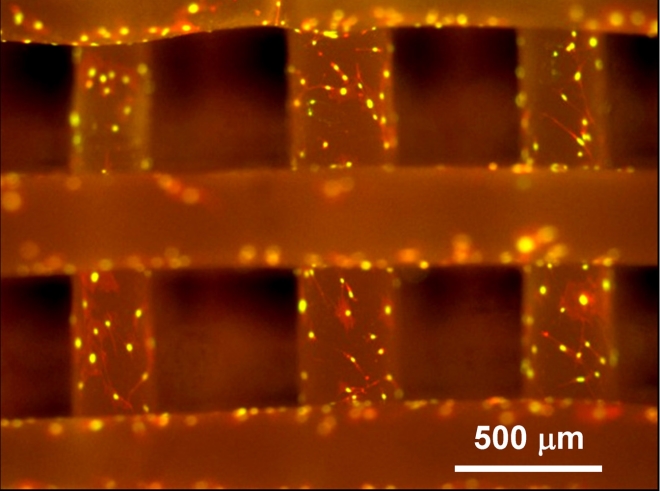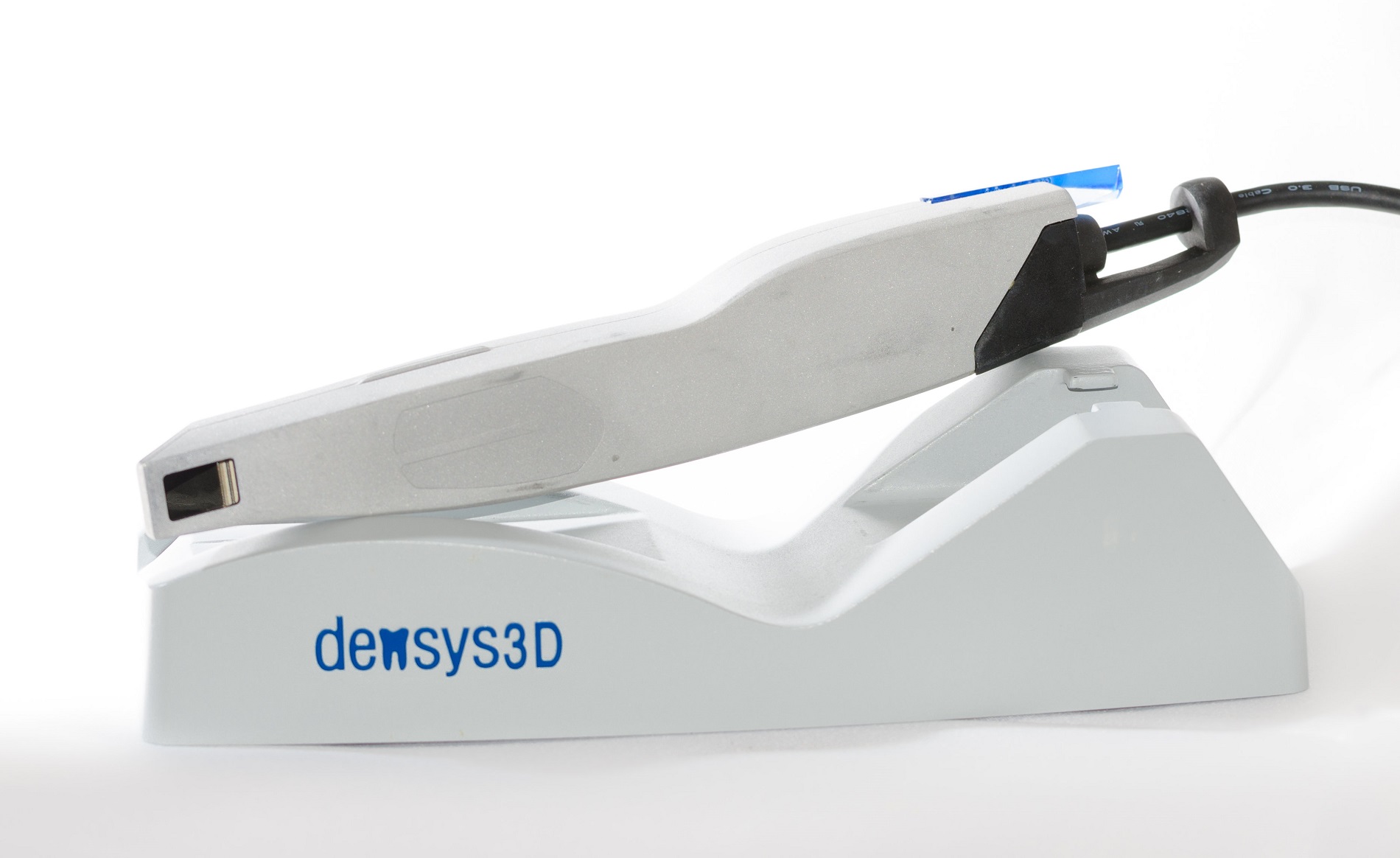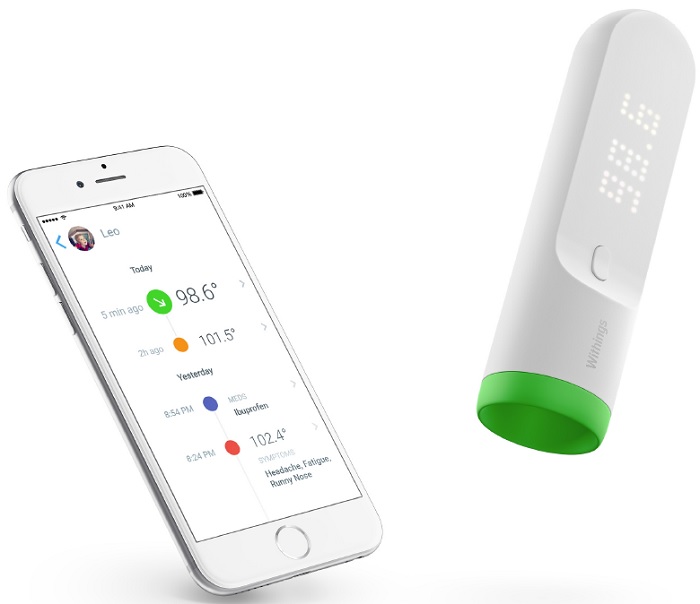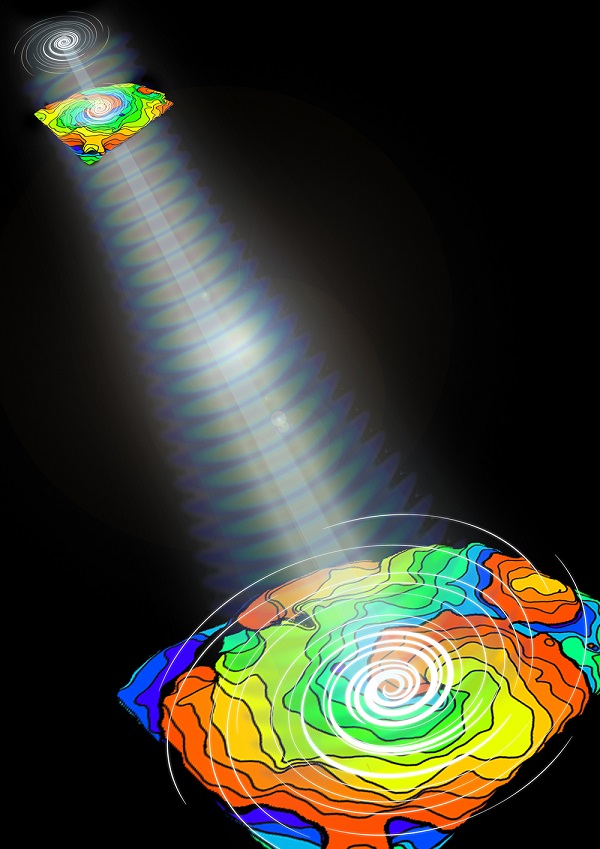June 25, 2013
The National Institute of Standards and Technology (NIST) has issued a new reference material—a sort of standardized sample—of cellular scaffolds for use in tissue engineering research.
Growing custom replacement tissue—cartilage, bone, blood vessels, possibly even whole organs—is one of the hot research fields in modern medicine. If the techniques could be perfected, it might become possible to grow transplant materials for patients based on their own cells, avoiding problems with compatibility, immune response and tissue rejection.
Scaffolds—biologically innocuous materials that give developing cells a three-dimensional structural template on which to grow—are important to this process. Considerable research centers on determining the best scaffold materials and designs to encourage the growth of various sorts of tissue. The new NIST reference material is designed as a common ground for research labs, a well-understood, uniform scaffold that can be used as a baseline or control in experiments that measure factors such as cell adhesion and proliferation.
Each unit of NIST Reference Material 8394, “Tissue Engineering Reference Scaffolds for Cell Culture,” includes 24 “free-form” scaffolds made of PCL* in a standard 96-well plate. Each scaffold has six layers of PCL struts laid down in a crisscross pattern. NIST provides reference values for the diameter, spacing and porosity of the struts, as well as adhesion and proliferation of osteoblasts (bone cells).
For more information on RM 8394, go to https://www-s.nist.gov/srmors/view_detail.cfm?srm=8394.
Standard reference materials are among the most widely distributed and used products from NIST. The agency prepares, analyzes and distributes about 1,300 different materials that are used throughout the world to check the accuracy of instruments, validate test procedures and serve as the basis for quality assurance worldwide. NIST reference materials are considered by NIST to be sufficiently homogeneous and stable with respect to one or more properties to be useful for measurement purposes, though they do not meet the more stringent requirements for a standard reference material.**
*poly(ε-caprolactone).
**For more on the distinctions between “reference materials” and “standard reference materials,” see www.nist.gov/srm/definitions.cfm.















